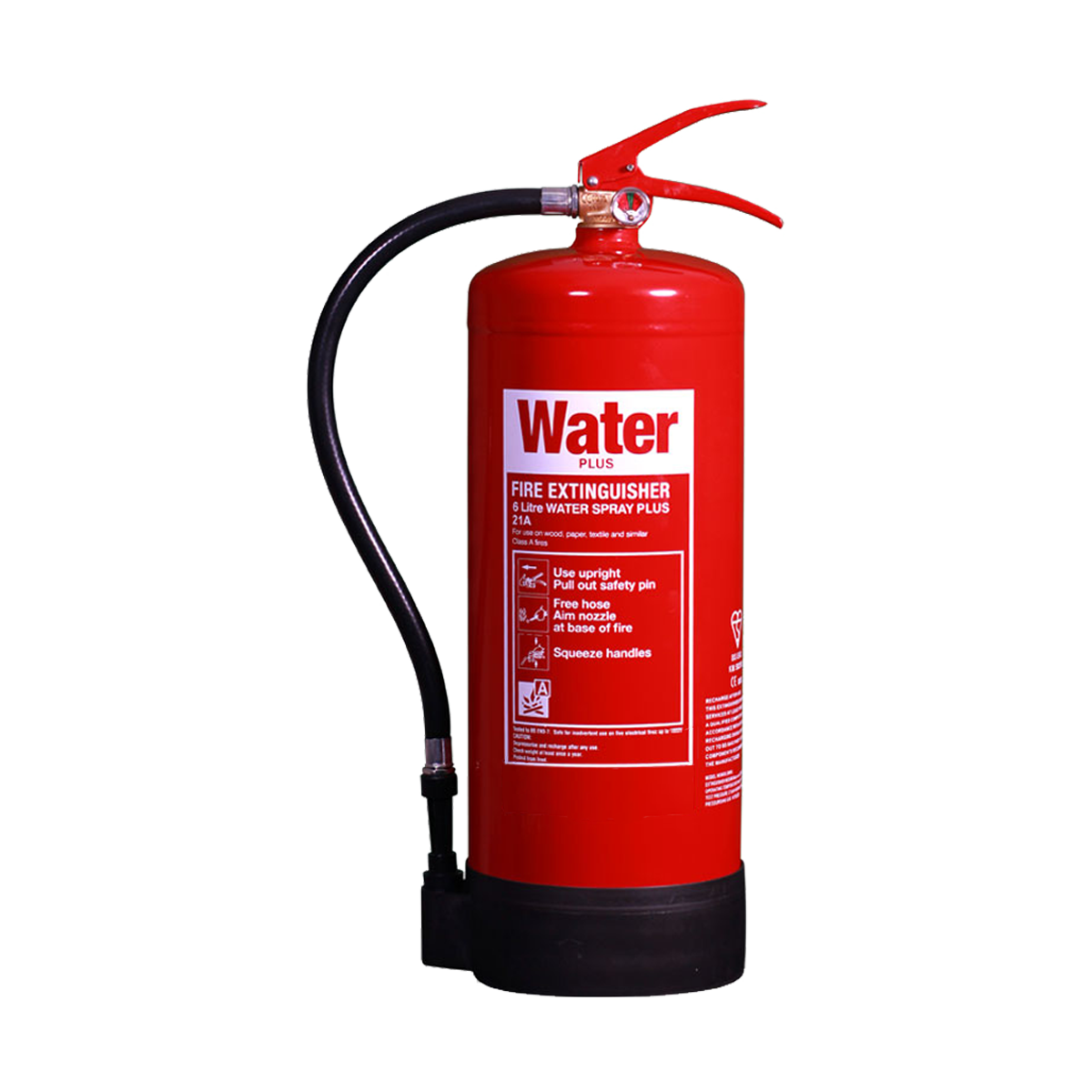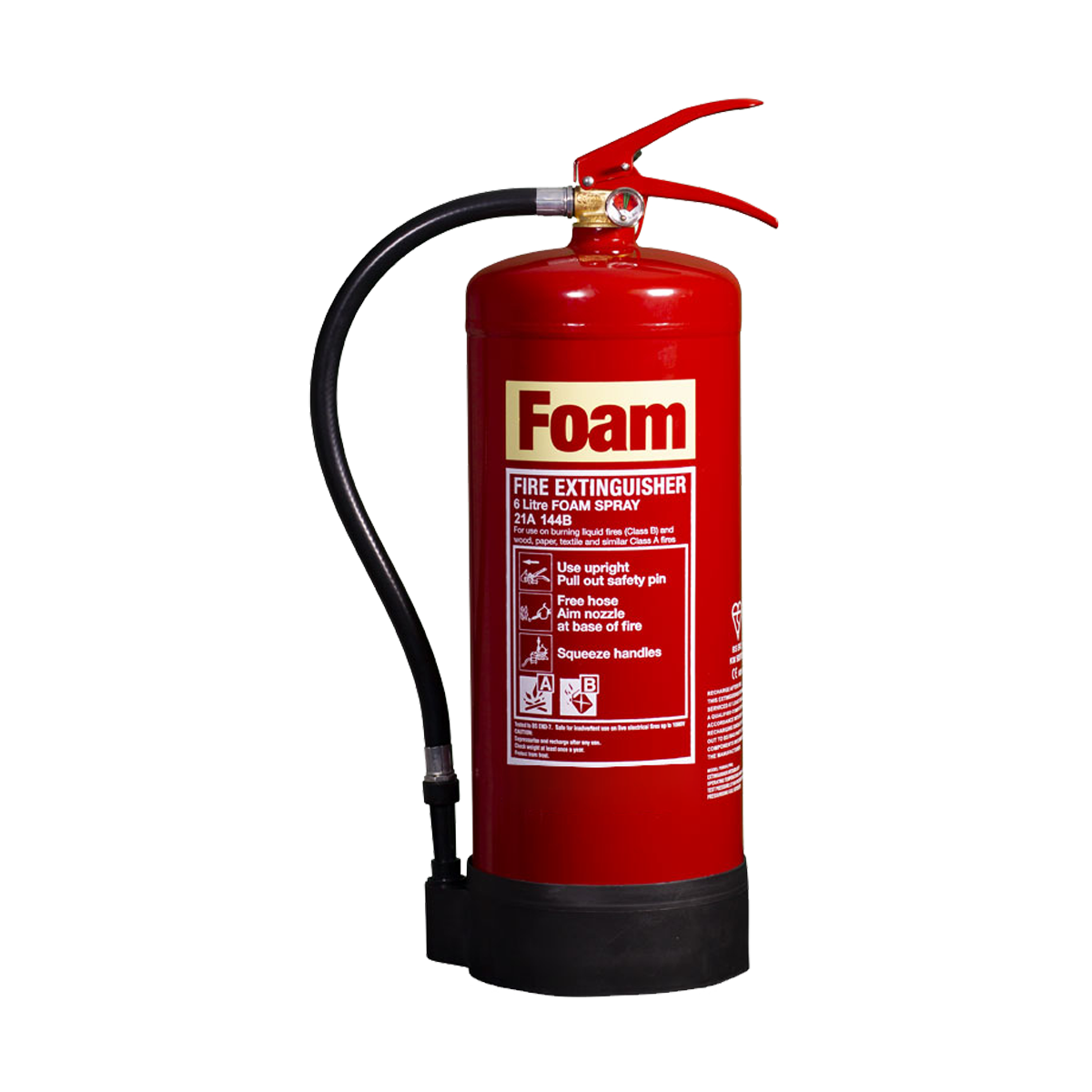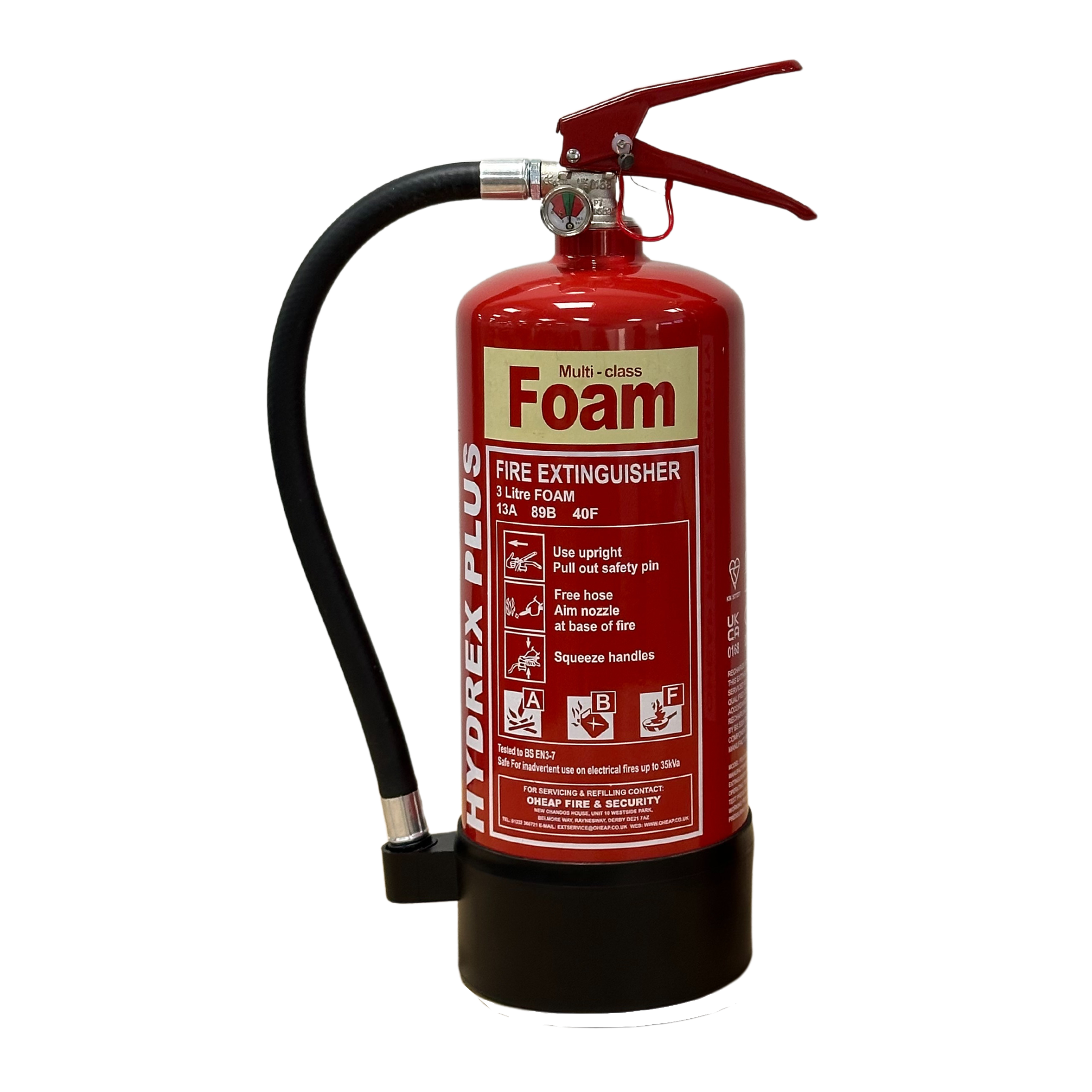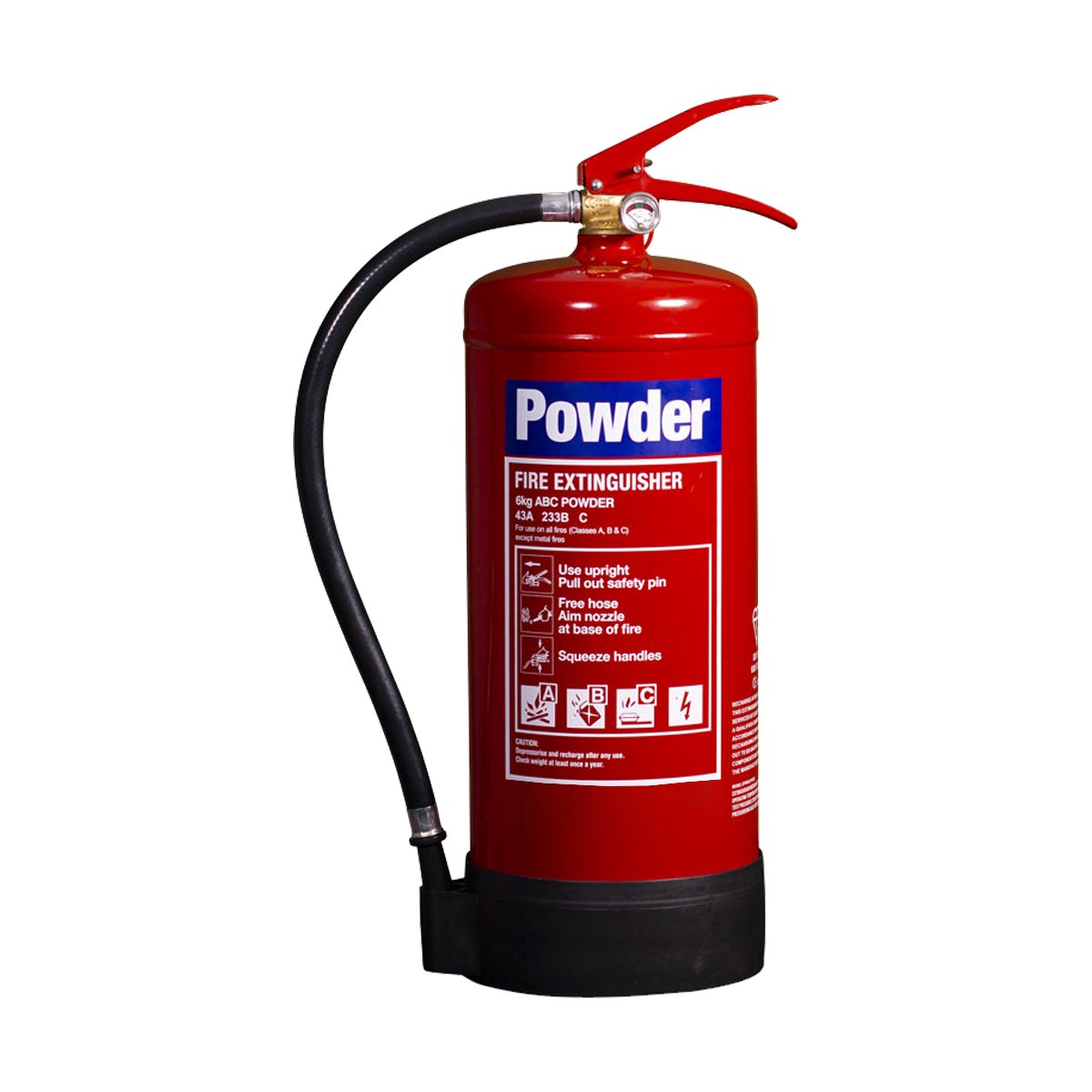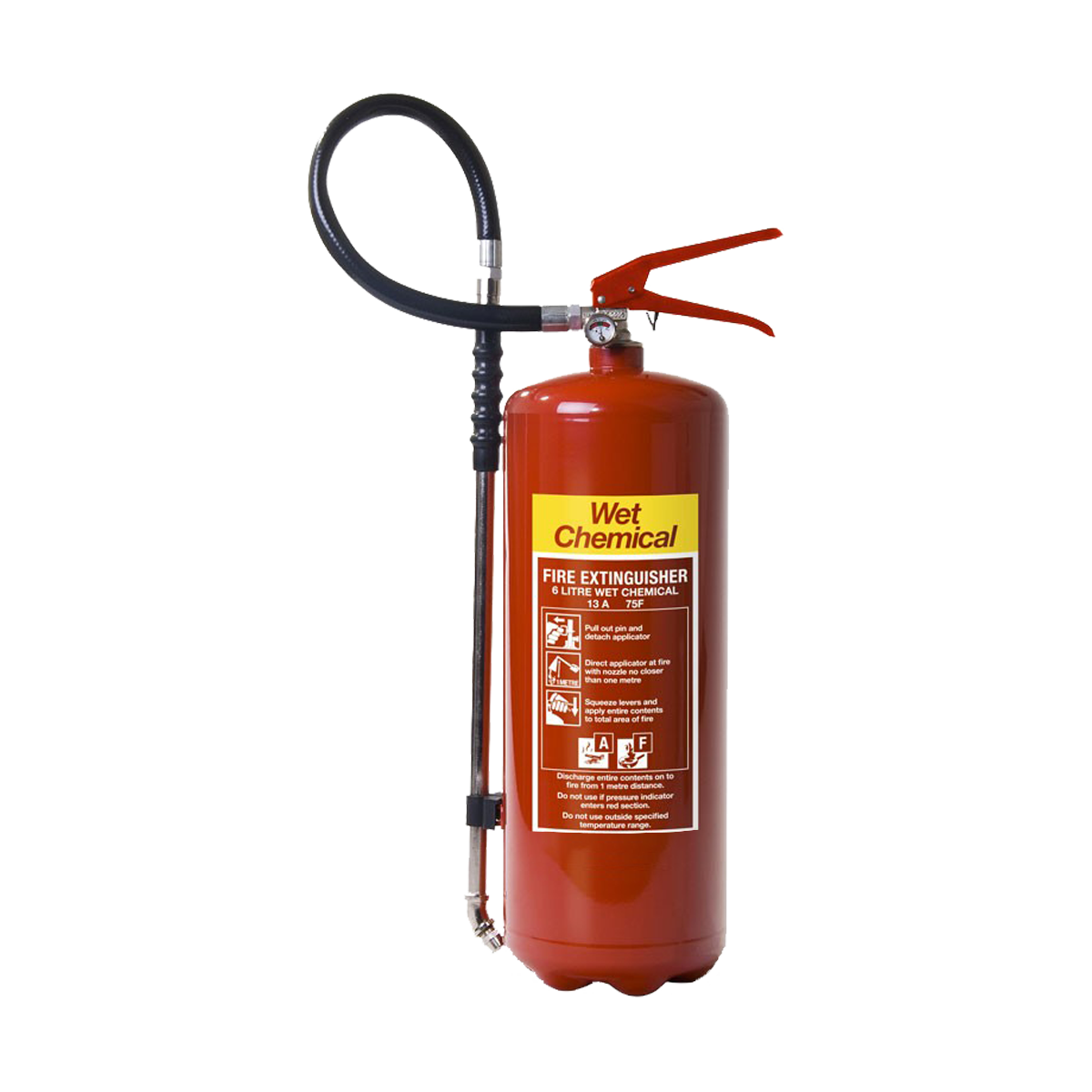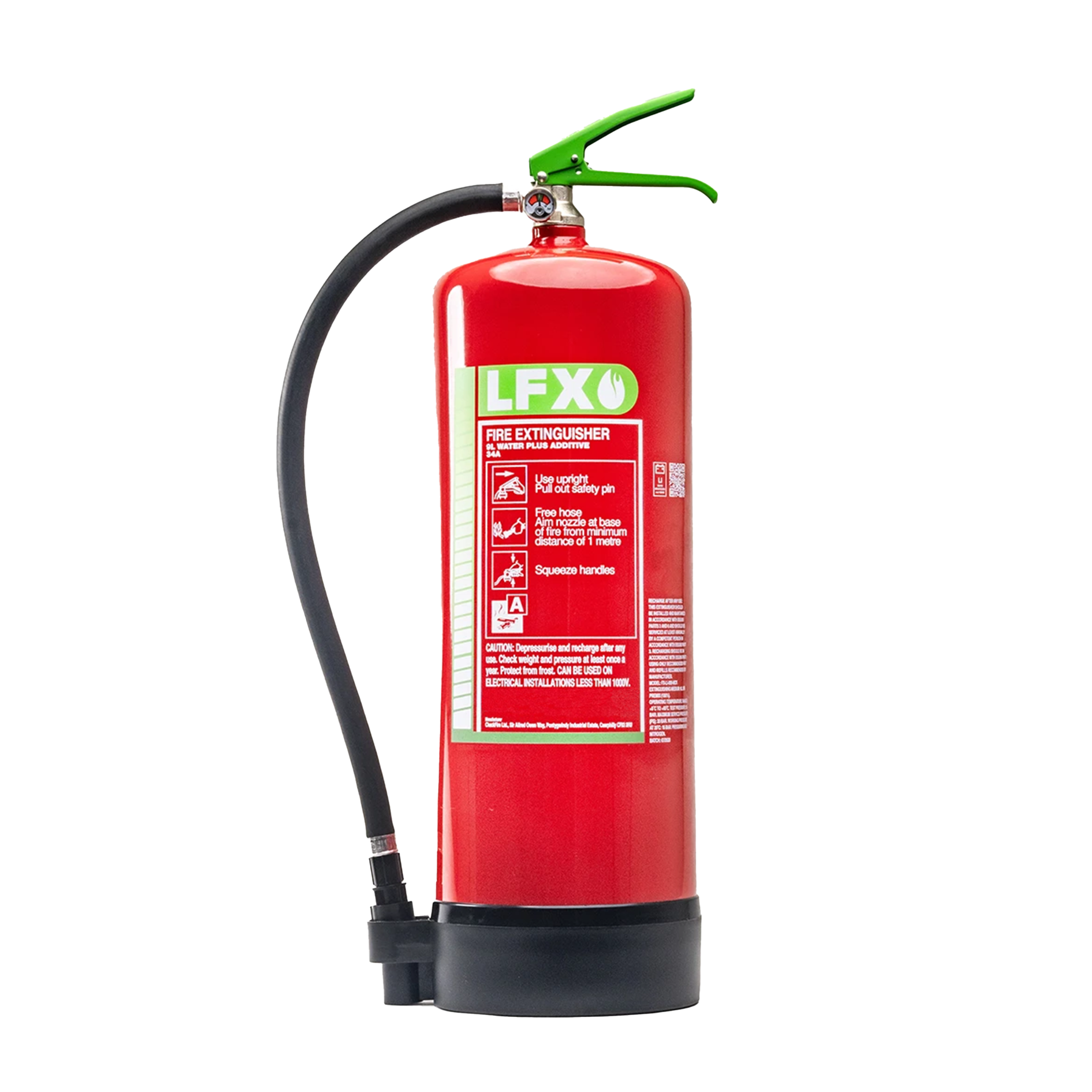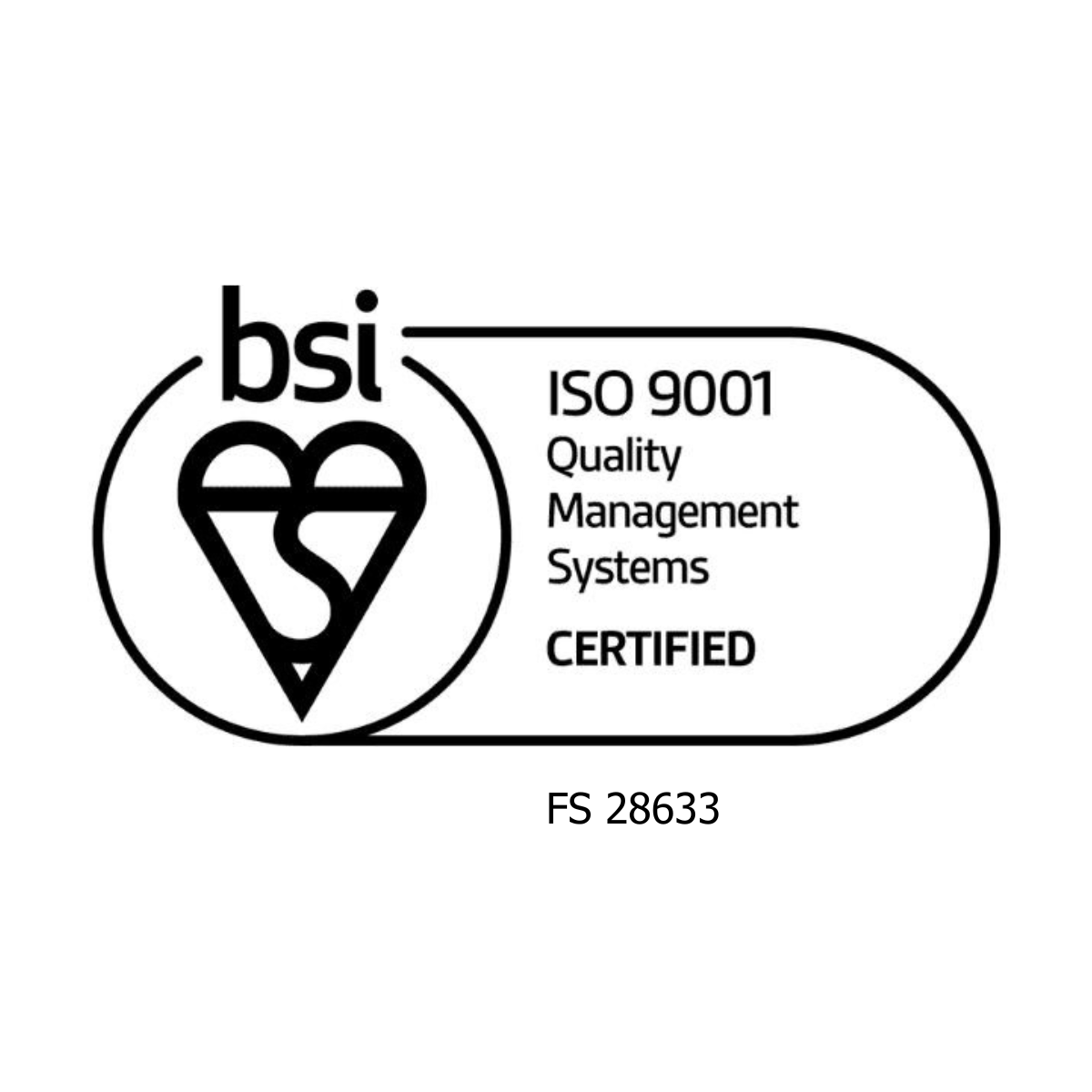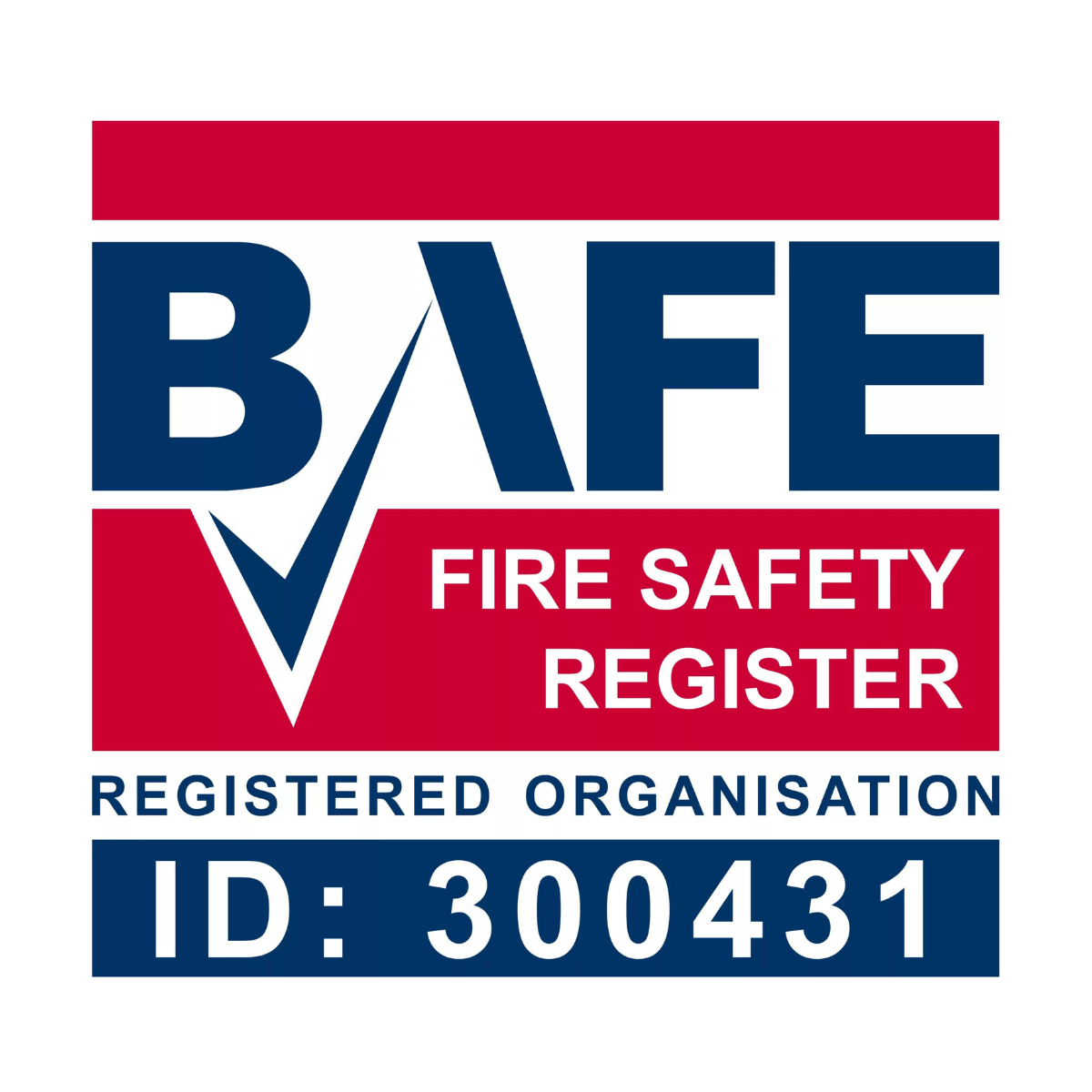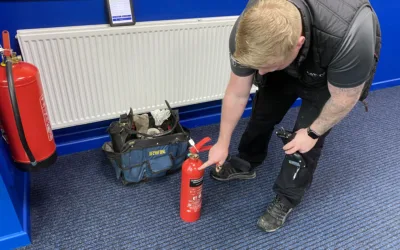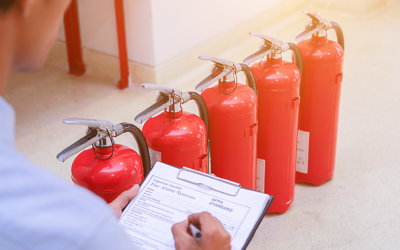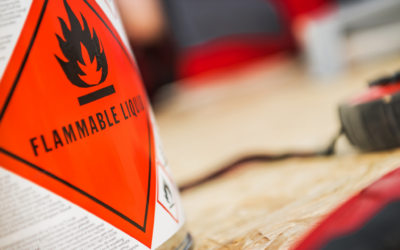Fire Protection
Hydrex Fire Extinguishers
Request a Call Back
Ensure your Hydrex Plus Multifoam fire extinguisher is always ready when you need it by checking it regularly. Monthly in-house checks should be conducted by you. We can then ensure that it is sited correctly, still has an anti-tamper device fitted and any gauge is reading correctly.
Factsheet
Fire Class
A Hydrex Plus Multifoam extinguisher is suitable for Class A, Class B and Class F fires.
Suitablity
The Hydrex Plus Multifoam fire extinguishers are ideal for premises with multiple fire risk such as Offices, Warehouses, Factories, Shops and hospitality businesses. (Please consult your Fire Risk Assessment to see if they are suitable for you premises)
Servicing
The Hydrex Plus Multifoam fire extinguishers need to be serviced annually.
Frequently Asked Questions
What Is A Multifoam Fire Extinguisher?
A multifoam extinguisher is a type of fire extinguisher that is designed to put out fires by spraying a foam-based extinguishing agent onto the flames. This type of extinguisher is called “multifoam” because it can produce different types of foam depending on the type of fire it is intended to extinguish.
Multifoam extinguishers can be used to put out fires that involve Class A and Class B materials, such as wood, paper, fabric, gasoline, oil, and other flammable liquids. The foam created by the extinguisher works by forming a blanket over the fire, which starves the flames of oxygen and prevents them from spreading.
Some multifoam extinguishers also contain additional chemicals that can help to cool the fire, suppress flammable vapors, and provide a protective coating over the material being burned to prevent re-ignition.
It’s important to note that multifoam extinguishers are not appropriate for use on fires involving electrical risk fires because the foam can conduct electricity and create a risk of electrocution. For electrical fires, a Class C-rated extinguisher should be used instead.
What Is A Multifoam Fire Extinguisher Used For?
A multifoam extinguisher is typically used for extinguishing fires involving Class A (ordinary combustibles) and Class B (flammable liquids and gases) materials. Multifoam extinguishers contain a foam agent that works by creating a blanket of foam over the fuel source, which helps to prevent oxygen from reaching the fire and extinguishes it by cooling the fuel.
Multifoam extinguishers are often used in places where there is a risk of fires involving flammable liquids, such as in industrial settings, laboratories, and workshops. They are also commonly used in vehicles, boats, and airplanes because they can quickly extinguish fuel-based fires without causing damage to the surrounding areas.
How Does Multifoam Fire Extinguisher Work?
A multifoam fire extinguisher works by using a foam agent to suppress and extinguish fires. The foam agent is typically a combination of water, a foam concentrate, and a propellant.
When the extinguisher is activated, the pressure inside the container forces the foam agent out of the nozzle in the form of a jet or spray. The foam expands rapidly upon leaving the nozzle and covers the surface of the burning material, creating a layer of foam that separates the fuel from the air and reduces the oxygen supply to the fire. This action smothers the fire and cools the fuel, preventing it from reigniting.
The foam produced by the extinguisher can also create a barrier to prevent the spread of the fire. The foam also helps to control the release of flammable vapors that may be present in a Class B fire, which further reduces the risk of the fire spreading.
How To Use A Multifoam Fire Extinguisher
Using a hydrex plus multifoam fire extinguisher is a simple process, but it’s important to be familiar with the steps before an emergency situation arises. Here’s how to use a water fire extinguisher:
Call the fire brigade: In any case of fire, it’s always a good idea to call the fire department, even if you think you’ve put the fire out.
Pull the pin: To release the locking mechanism and activate the fire extinguisher, pull the pin at the top of the unit.
Aim the nozzle: Point the nozzle of the fire extinguisher at the base of the fire, not at the flames.
Squeeze the handle: Firmly squeeze the handle of the fire extinguisher to release the foam.
Sweep the nozzle: Sweep the foam over the surface of the fire in a sweeping motion, starting at the base of the fire and working your way up.
Keep a safe distance: Stand a safe distance away from the fire and make sure to keep the fire extinguisher aimed at the fire.
Monitor the fire: After using the fire extinguisher, monitor the fire to make sure it’s completely extinguished and does not re-ignite.
It’s important to remember that foam fire extinguishers should only be used on Class A and never on electrical fires. Before using a fire extinguisher, it’s also a good idea to assess the situation and make sure that it’s safe to do so. If the fire is too large or spreading too quickly, it’s best to evacuate the building and call the fire brigade.
Types of Extinguisher
Each Fire Extinguisher type has a unique agent inside which is specifically designed to combat a different type of fire risk. Click on each extinguihser image below and discover how each tyope should be used.
Accreditations
We work with several third-party bodies to ensure we work to the highest industry standards.
Get A Quote
Hydrex Fire Extinguisher Enquiry Form
Fire Extinguisher Insights
Fire Extinguisher Servicing: Everything You Need To Know
In the world of fire safety, fire extinguishers are a key component. We must include them in our fire protection strategies. These pieces of kit are often the first line of defence in the event of a fire. Their portability, mixed with swift deployment can save the...
What are PFAS? The Ultimate Guide to PFAS Chemicals
PFAS are a range of man-made chemicals that have been used since the 1940s in a wide range of both industry and consumer products. They have been frequently used due to their resistance to heat, water, and oil. In recent years, PFAS have been found to have harmful...
Flammable Liquid Fire Extinguisher: A Vital Tool for Liquid Fires
In the realm of fire safety, one tool stands out as a crucial asset for effectively managing liquid fires, the flammable liquid fire extinguisher. Industrial processes and technological advancements are continuing to evolve. But the risk of flammable liquid fires...
